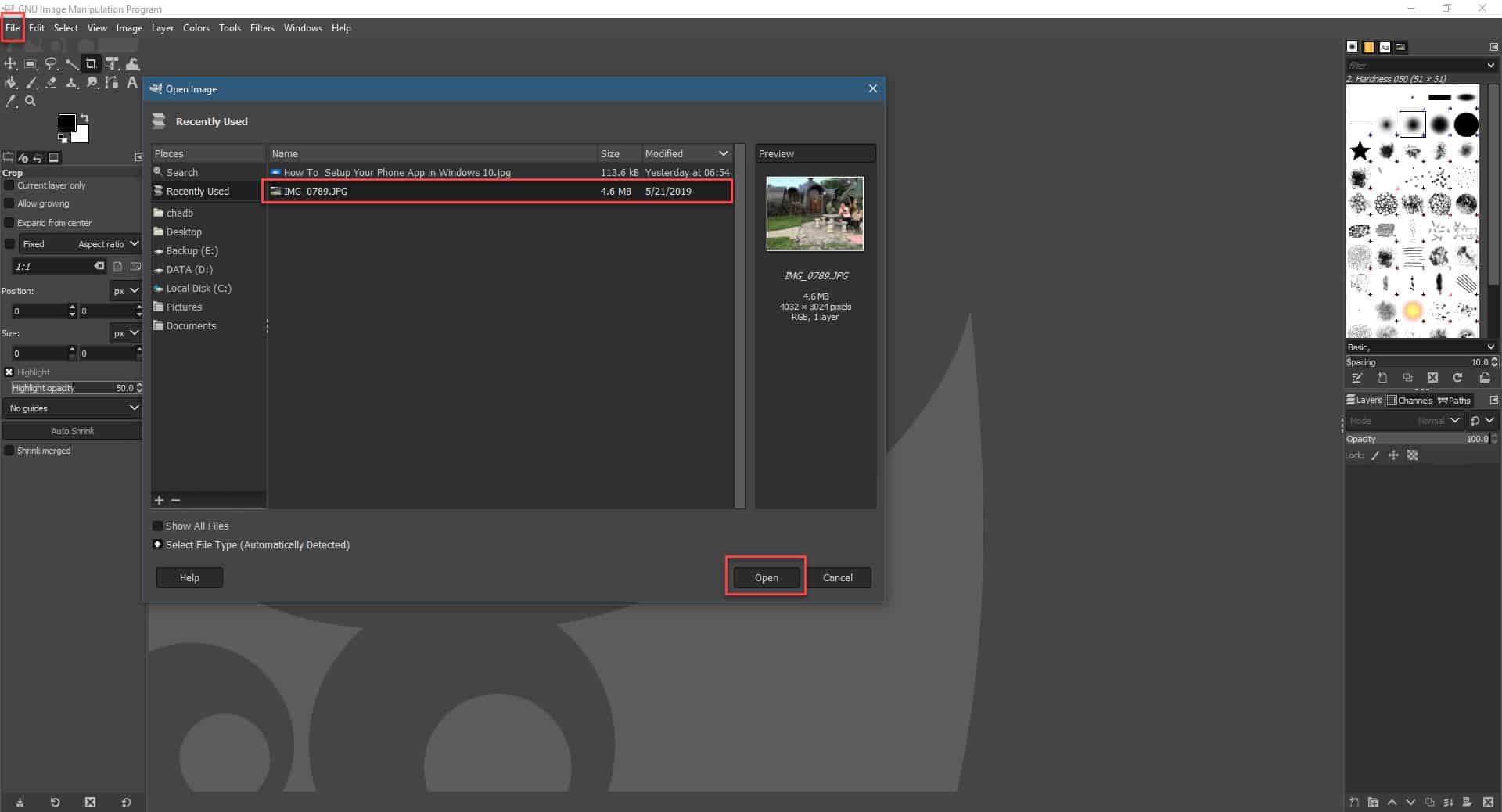

In the Add Mask Options dialog, choose White (Full Opacity). Right-click on the Sepia Mask layer and select Add Layer Mask. We are going to selectively apply this color to the image. You should see nothing but the color now in the image window, since it obscures the image in the layer below. Give it the name “Sepia Mask” and choose the option to fill it with the foreground color. Dial in the color RED=162, GREEN=138 and BLUE=101 (you can experiment with this color too this is a good starting point though.) Step 4 ¶īring up the Layers dialog ( Ctrl+L) and click on the button for a new layer. Step 3 ¶ĭouble-click on the foreground color swatch to bring up the Color Selection dialog. In this case I simply did a mode change to grayscale, then back to RGB mode. Whatever technique you use, convert the B&W image back into RGB mode when you’re done ( Image -> Mode -> RGB). I recommend the channel mixer for best results, but you can also convert to grayscale ( Image -> Mode -> Grayscale) or desaturate ( Image -> Colors -> Desaturate). Using whatever technique you like best, convert the duplicate to B&W. You may want to minimize the original now (or close it) so you don’t choose it by mistake. Step 2 ¶ĭuplicate the original image ( Image -> Duplicate or Ctrl+D).

You can compare the result we will get below to GIMP’s built-in Script-Fu for sepia toning ( Script-Fu -> Decor -> Old Photo) as shown at right.Ĭome back and compare to this when you get to the end of the tutorial. It has a bit of an old-time look, so I thought it might work well as a sepia-toned image. Here is the original image, loaded into GIMP. I adapted it for GIMP from a Photoshop tutorial on the RetouchPRO web site. Giving credit where credit is due: I did not come up with this method. The basic technique is to create a “Sepia Mask” that will apply a sepia color layer according to a layer mask that is based on the tonality of the image. It works much better than most of the simple methods I’ve seen for image editors and provides great control! This technique is modeled on the traditional darkroom method of sepia toning in that the sepia color is applied “unevenly” to areas of different tonality.
HOW TO RESIZE IMAGE IN GIMP HOW TO
In this tutorial I’ll show you how to sepia tone a color or black and white image. Jeschke and may not be used without permission of the author. Text and images Copyright (C) 2002 Eric R.


 0 kommentar(er)
0 kommentar(er)
